April 16, 1972, Apollo 16 lifted off the launch pad at the Kennedy Space Center in Florida. The destination for this fifth lunar landing was a region in the Descartes Highlands area of the Moon. Apollo 16 was the second of three Apollo missions to carry a Lunar Roving Vehicle for driving on the Moon.
In command of Apollo 16 was John Young, a veteran of three previous flights, Gemini 3, Gemini 10, and Apollo 10. He received a B.S. in aeronautical engineering from the Georgia Institute of Technology in 1952. Charles Duke Jr. was the Lunar Module Pilot and would walk on the Moon with Young. He received a B.S. from the U.S. Naval Academy in 1957, and an M.S. in aeronautics and astronautics from the Massachusetts Institute of Technology in 1964. It would be his first flight. The third crew member was Command Module Pilot Thomas Mattingly. Mattingly had originally been assigned to fly on Apollo 13. Jack Swigert replaced him three days before launch because Mattingly had been exposed to German Measles. He received a B.S. in aeronautical engineering from Auburn University in 1958. Apollo 16 would be his first flight in space.


With Commander Young at the controls, the Lunar Module Orion made a successful landing on April 20. With the battery powered Lunar Rover, Young and Duke were able to explore a wide area around the Descartes Highlands. The Rover traversed 26.7 km in a total of 3 hours 26 minutes of driving time. The longest single traverse was 11.6 km and the farthest distance driven from the lunar module was 4.5 kilometers. The crew left the rover on the Moon. Along with the rovers from the Apollo 15 and 17 missions, there are a total of three Lunar Rovers still on the Moon today.
During their time on the Moon, Young and Duke collected rock samples as well as deploying an array of experiments including a Passive Seismic Experiment, an Active Seismic Experiment, a Lunar Heat Flow Experiment, and a Lunar Surface Magnetometer. Unfortunately, during the deployment of the experiments an accident occurred. Commander Young’s boot became entangled with a cable connecting the Lunar Heat Flow Experiment to the central power station and pulled it loose. The astronauts were not able to repair the damaged cable and no data was returned from this experiment. Young and Duke spent a total of 71 hours on the Moon, performing three moonwalks totaling 20 hours and 14 minutes.

On April 23, Lunar Module Orion lifted off the Moon and rejoined the Command Module Casper in lunar orbit.
On the way back home to Earth, Mattingly made a spacewalk to retrieve film cassettes from the service module cameras. While in lunar orbit, these cameras were used to extensively photograph the Moon.


On April 27, 1972, Apollo 16 splashed down in the Pacific Ocean and was retrieved by the aircraft carrier USS Ticonderoga. There would only be one more Apollo landing on the Moon, Apollo 17, in December 1972.
John Young would later go on to command two Space Shuttle Missions, including the first Shuttle flight in 1981.
Mattingly would also command two Space Shuttle flights, one in 1982 and one in 1985. The Apollo 16 Command Module Casper is on display at the U.S. Space & Rocket Center in Huntsville, Alabama.


